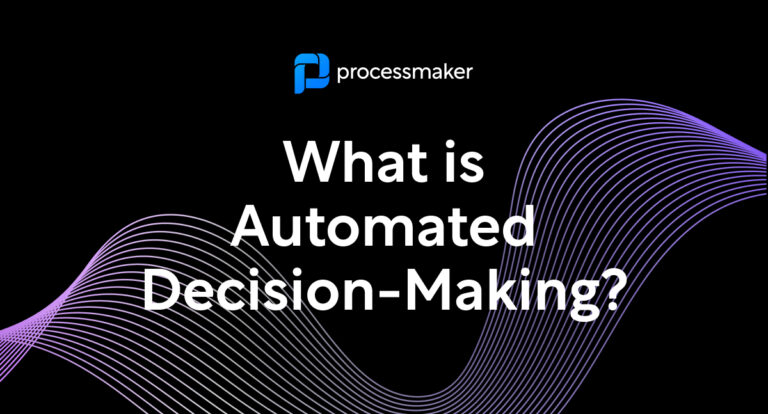This article explores the differences and similarities between Adaptive Case Management (ACM) software and Business Process Management (BPM) software. Both types of software have the same goal: to increase the efficiency of organizations through workflow process automation, but their approaches differ in many ways. BPM software improves an organization’s business processes through the definition, automation, and analysis of business processes. ACM dynamically automates processes that typically have a high rate of exception, as in finance, health, legal, citizen or human resources-related matters, on behalf of an individual.
While there are some similarities in terms of automating processes as an organization, there are some key differentiating factors that will help you understand when ACM is appropriate or when BPM better serves your needs. What ACM and BPM have the most in common is their goals, to intelligently digitize and automate processes for an organization. How they do it is quite different altogether.
BPM software focuses on well-defined processes with predefined outcomes that are clearly laid out visually with business logic that follows preset rules. ACM software offers dynamic process automation and is more flexible to handle processes that are extremely likely to run into exceptions with multiple varying actors. With ACM, the variables of a process are not known in advance, in sharp contrast to BPM where the processes modeled are clearly defined and outcomes are literally mapped out in a process model.
Think about visiting the hospital to see a doctor? The hospital has to have a process automated to handle your admission to the hospital all the way until you are discharged. BPM would not be the choice for this as there are way too many variables and exceptions that could happen during this time period with so many actors and no predefined outcomes. However, if a hospital wanted to automate their employee onboarding, purchase request, and leave of absence processes, BPM would be the better choice.
So in the end, as an organization you might have some processes that require the ACM approach and some that require the BPM approach. The ability to find success hinges on being able to understand the difference between ACM and BPM so you select the right processes for each and design them accordingly. This seems to be a bottleneck for many organizations as there are so many approaches and methodologies when it comes to workflow automation and management.
IN CONCLUSION
It’s not a matter of whether you need an ACM or BPM platform. It’s about which workflows in your organization are better suited for ACM or BPM, as well as which ACM and BPM vendors suit the needs of your organization best. Perhaps your organization doesn’t require dynamic workflows so you’re ok with selecting a BPM vendor, or perhaps you find a BPM vendor that supports ACM. The point is, despite what is often written online, these are not two competing technologies, they share the same goal to increase efficiency across your organization and more than likely, you need both.





